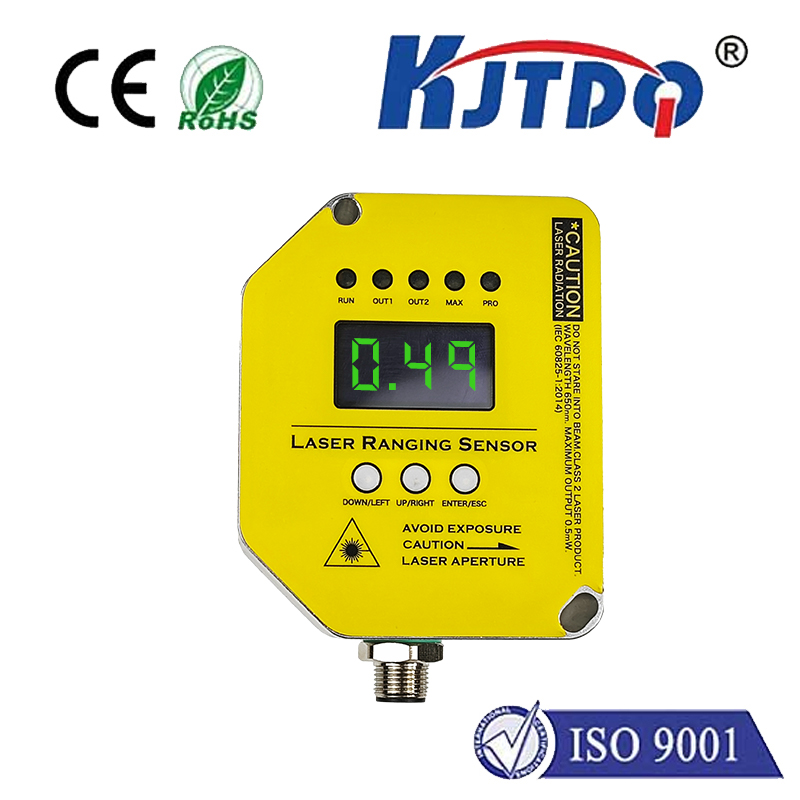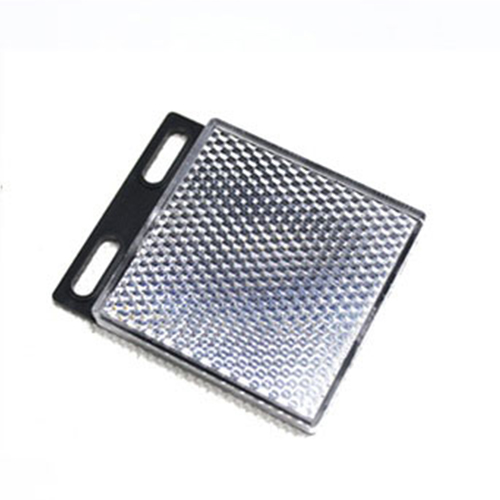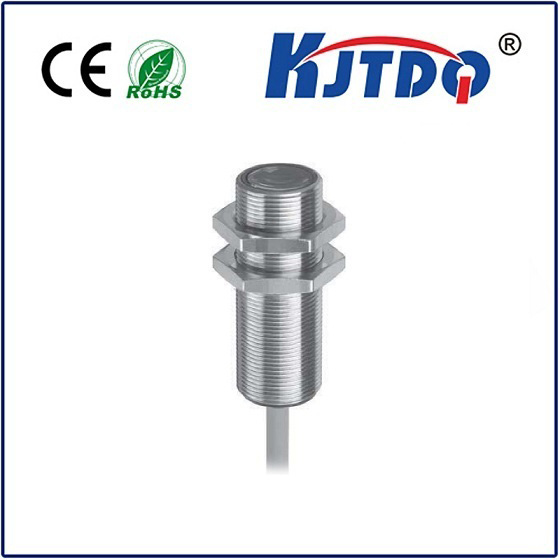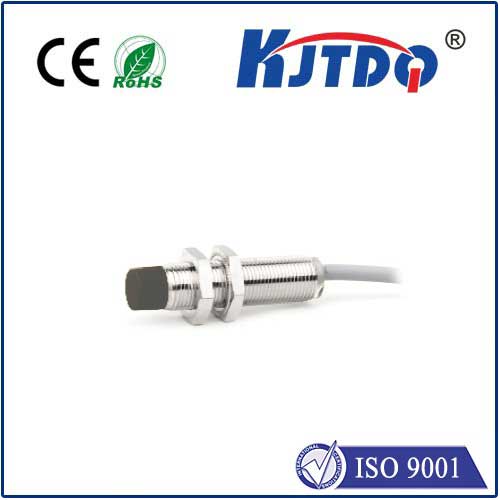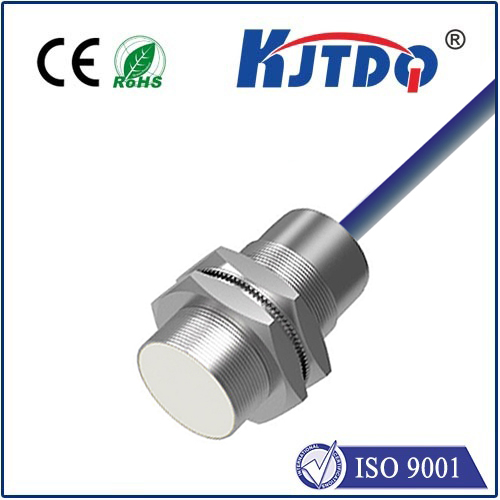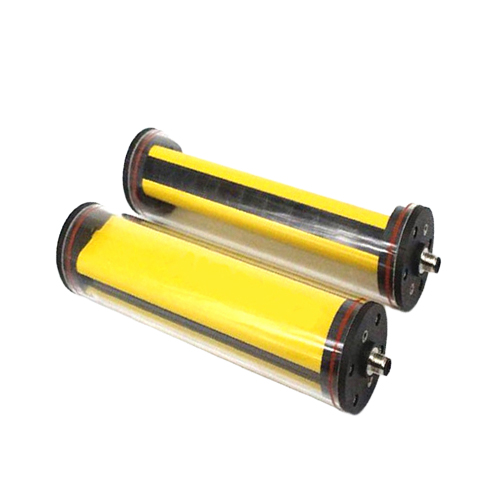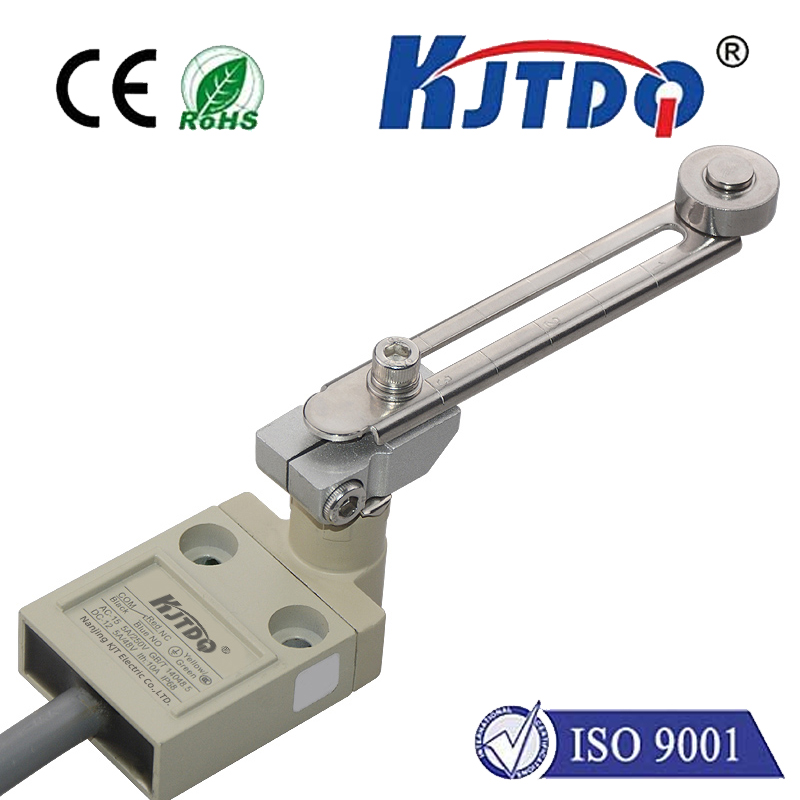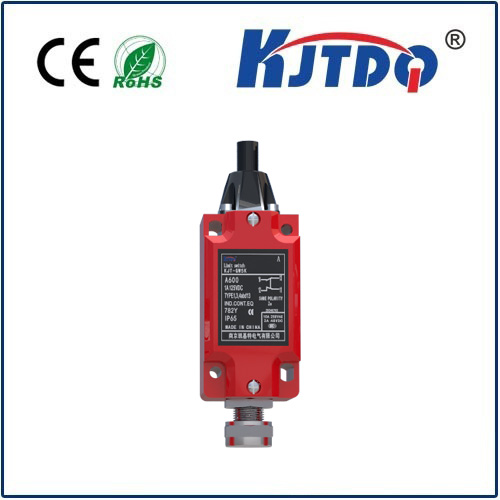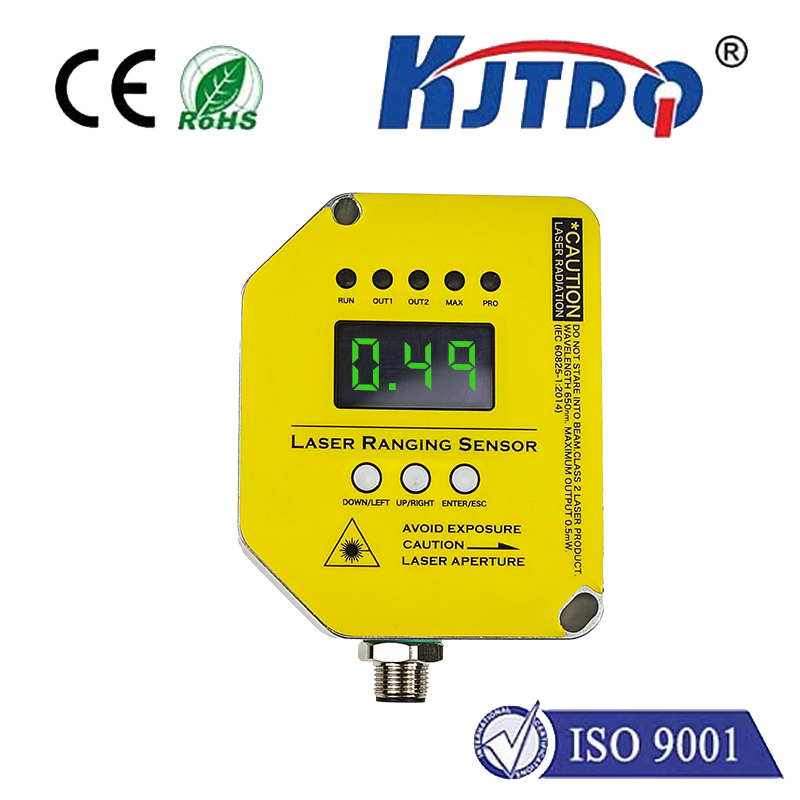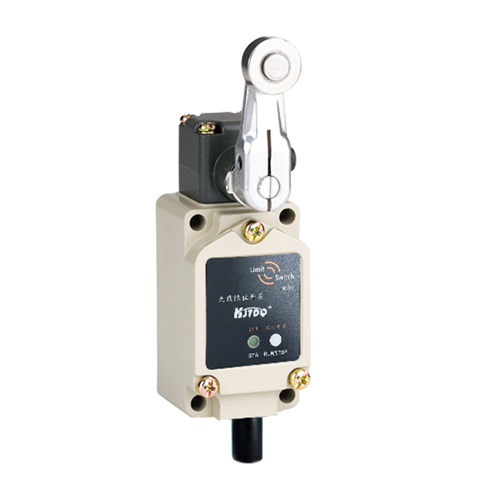

check

check

check

check

check

check

check

check

check

check
Title: Revolutionizing Industries with Laser Wind Sensors
Introduction
The world of industrial automation is constantly evolving, with new technologies and innovations being introduced every day. One such technology that has been making waves in recent years is the laser wind sensor. This innovative device has the ability to accurately measure wind speed and direction, opening up a world of possibilities for industries such as agriculture, construction, and transportation. In this article, we will explore how laser wind sensors are revolutionizing these industries, providing valuable insights and data to improve efficiency and safety.
Agriculture
In agriculture, farmers rely on weather conditions to make important decisions about planting, irrigation, and harvesting. Traditional wind sensors, such as anemometers, can be inaccurate and unreliable due to factors such as atmospheric pollution and human interference. However, laser wind sensors offer a much more precise and accurate measurement of wind speeds and directions. This information can be utilized to optimize crop yields, reduce water usage, and ensure that crops are grown in the most efficient manner possible.

For example, a farmer using a laser wind sensor can determine when it is best to irrigate their crops based on the optimal levels of wind speed and direction required for optimal growth. This not only saves water but also reduces the risk of over or under watering, leading to healthier plants and increased yields.
Construction
In the construction industry, laser wind sensors are essential for ensuring the safety of workers and maintaining the integrity of structures. By monitoring wind speeds and directions, engineers can design buildings and other structures to withstand extreme weather conditions. This information can also be used to adjust building designs during construction to ensure they are as safe and secure as possible.
For example, during high-wind events, laser wind sensors can provide real-time data on the strength and direction of the winds. This information can be used to adjust scaffolding, suspend roofs, or even close windows and doors to prevent damage or injury. Additionally, laser wind sensors can help identify areas where structural components may be at risk of failing, allowing engineers to take corrective action before a collapse occurs.
Transportation
In the transportation industry, laser wind sensors are crucial for ensuring the safety of drivers and passengers in severe weather conditions. By monitoring wind speeds and directions, vehicle manufacturers can design vehicles that are equipped to handle extreme weather conditions. This information can also be used by traffic management systems to adjust traffic flow during high-wind events, reducing the risk of accidents and delays.
For example, during snowstorms or hurricanes, laser wind sensors can provide real-time data on wind speed and direction. This information can be used to adjust traffic signals, reroute vehicles, or even cancel flights in extreme circumstances. By taking these actions early on, transportation authorities can minimize disruptions and ensure that travelers are able to safely reach their destinations.
Conclusion
Laser wind sensors have the potential to revolutionize industries such as agriculture, construction, and transportation by providing accurate and reliable measurements of wind speed and direction. These innovative devices offer valuable insights into weather conditions and can be used to optimize processes, improve safety measures, and ensure efficient operations. As technology continues to advance, we can expect to see even more innovative applications of laser wind sensors in various industries, ultimately leading to a safer, more sustainable future for all.
